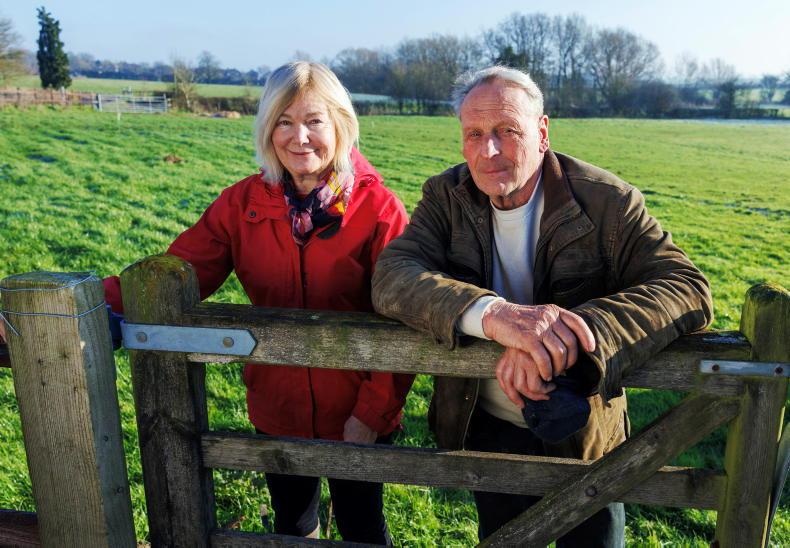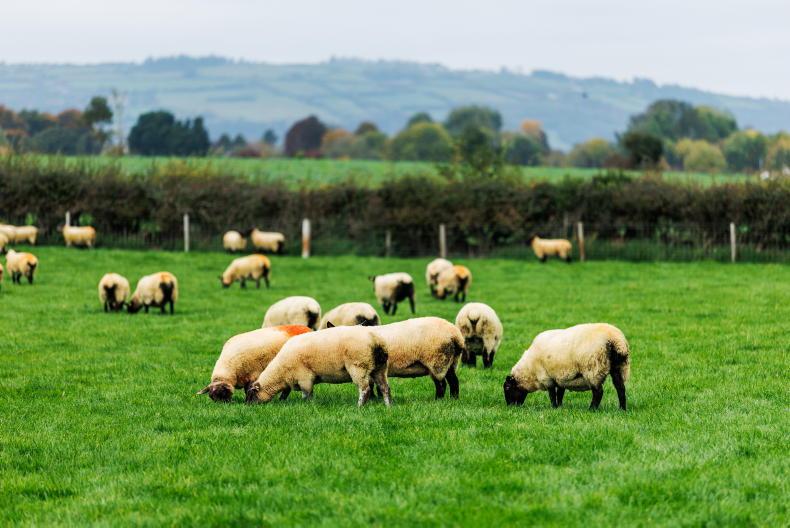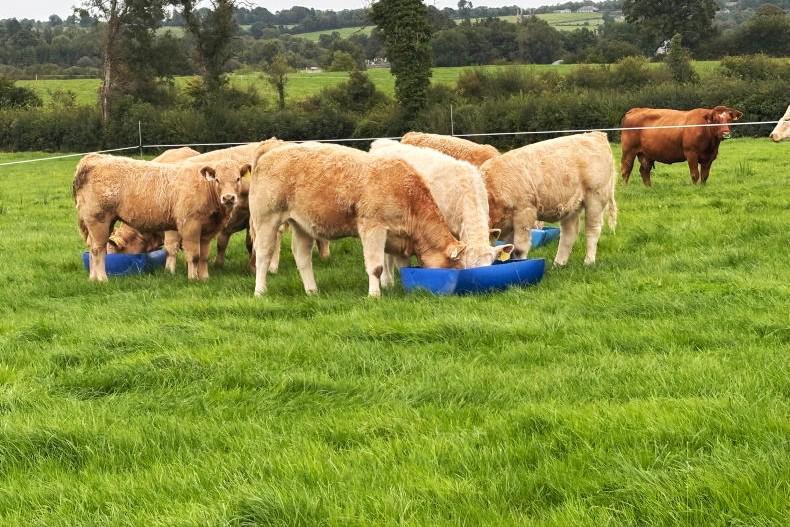Dealing with drought
With very little rain falling over the past week, grass growth has dropped off on many farms and drought conditions have started to take hold.
With hot weather and a low amount of rain forecast, the current conditions are likely to be with us for a while yet. Taking appropriate action early is important.
The first thing to do is walk the farm to see what grass is available to stock.
It’s easy to count out how many days grazing you have ahead of stock. If this is below 15, it means that you are going to run tight for grass.
Slowing animals down and increasing the number of days animals stay in paddocks is a good option.
This could be feeding meal, feeding hay or feeding silage, anything that allows more time for grass to grow on paddocks due to be grazed.
Grass is still growing, albeit at a lot slower pace than normal, hence the need to slow things down. Topping should stop as re-growths will take too long in the current dry weather.
It’s probably a better option to try and graze heavy covers in the current weather, utilisation will not be as good but it will mean extra days grazing as opposed to making extra silage.
Check drinkers daily to make sure stock have enough water. See this week’s beef page for some questions and answers on dealing with the current conditions.
Feeding dairy beef calves
In theory if calves are grazing good quality grass full of leaf with no stem, this should be sufficient to achieve good liveweight gain.
Talking to farmers in dairy beef systems, many continue to feed 1kg/ head/day during summer months.
At €440/tonne, a kg/head/day will cost €0.44/day. Meal feeding is a good herding tool for many. Once calves come to the trough and feed, you can eliminate a lot of sickness.
It also keeps stock settled during periods of wet, cold weather and makes moving them a lot easier.
On our THRIVE demo farm in Tipperary it was felt it was easier to feed concentrates through the grazing season rather than having to house and feed more concentrates at the end of the finishing period.
With current drought conditions and grass shortages on some farms feeding meal to calves will help conserve grass supplies until rain arrives.
Water
Given the warm weather that has been forecast, make sure your water supply is up to scratch and that all drinking troughs are able to cope with increased demand.
A spring calving suckler cow and calf can drink between 50-60 litres of water daily, and as temperatures rise water intakes will increase more. During very hot periods, try and check on cattle twice daily as if cattle are out of water for some time they will get very agitated.
Troughs should be cleaned out in advance as any debris will reduce the water capacity available. Dirty water will also be less palatable to cattle.
Try and have animals, especially young calves, in fields where there is some shelter from the sun. Young calves can sometimes find it more difficult to regulate their temperatures in very hot or very cold weather.










SHARING OPTIONS